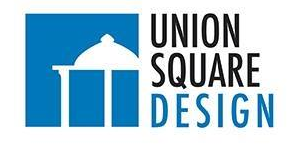HTML – HyperText Markup Language
HTML – HyperText Markup Language
HTML for everyone. My new mission. Now that we know what Hypertext is and how it evolved, let’s have a quick look at its most famous family member. Aka most common use: HTML or HyperText Markup Language. I’m sure you’ve heard of it, but what exactly is it?
What HTML is
HTML stands for HyperText Markup Language. Thus, Hypertext is also part of a Markup Language. HTML allows to describe web documents, it is – metaphorically spoken – the backbone of the internet. Every website you open was most likely created with HTML. w3schools.com helps us understand:
- “A markup language is a set of markup tags.
- HTML documents are described by HTML tags.
- Each HTML tag describes different document content.”
Too many technical terms. Markup tags use different signs. In semantics, they are basically the little ‘less than’ and ‘greater than’ signs, e.g. <header>, <footer>, <paragraph>. In between those markup tags is the actual content that is to be mediated. For example: <h3>What HTML is</h3>. This is the way the heading for this paragraph is written in HTML.
Latest evolution of HTML – HTML5
Five versions of Hypertext Markup Language have been released so far. The last version, HTML5, entered the scene in 2014. Some of its key improvements are, according to developer.mozilla.org: device access, 2D/3D graphics and performance/integration.
Let’s go through them one by one.
Device Access: HTML5 allows for the usage of various input and output devices, greatly improving its responsiveness. In English, that means: You can use HTML on your home computer, your tablet, your smartphone and other devices you like to carry around.
2D/3D Graphics: We all know that three dimensions are better than two. HTML5 is now allowing a much more diverse range of presentation options. Just by using those little markup tags and a bit more magic, the images on a website get more depth.
Performance/integration: This means that HTML has become faster. And computer hardware goes along with it better. Meaning the solid, physical parts a computer consists of. Mouse, keyboard, graphic card, you name it.
Conclusion
I could tell you so much more about HTML, this topic has definitely caught my attention. But I’ll leave it for now and let you learn to love it first. I’ll send you off with one last thought: Even if you have never heard of HTML, go ahead and try it. It’s fun!





